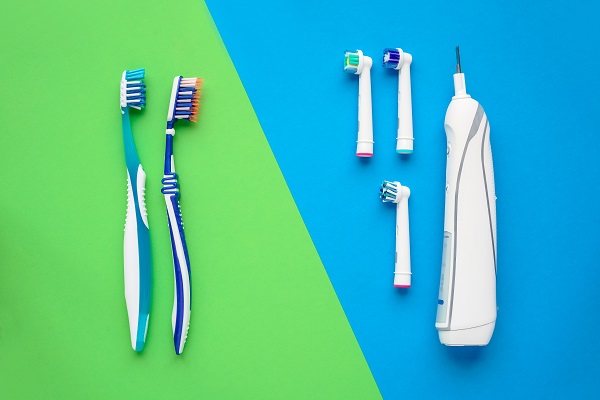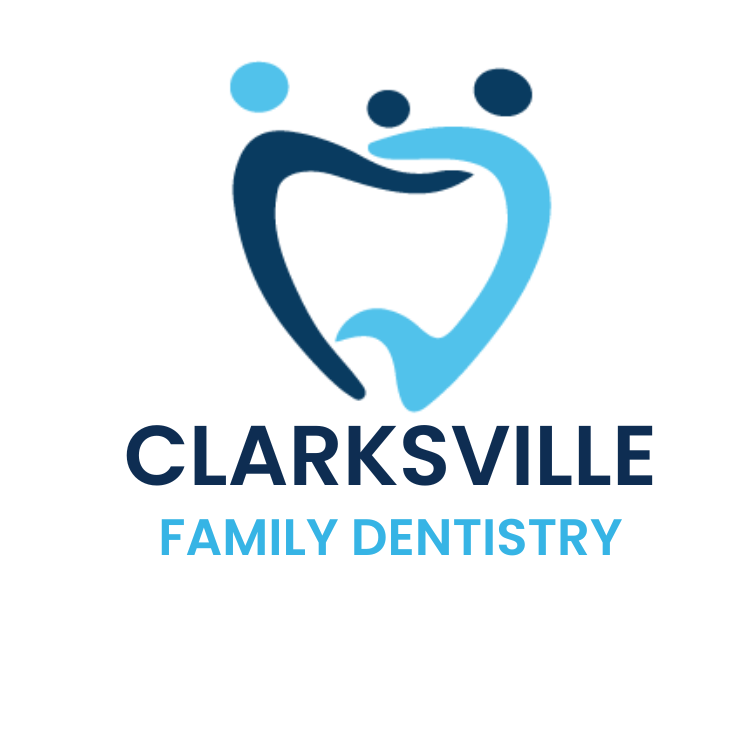
Electric VS Manual Toothbrushes
When it comes to oral hygiene, the toothbrush reigns supreme, but the age-old debate between electric and manual options continues to divide. Each boasts its own set of perks and pitfalls, leaving consumers grappling with the question: which toothbrush is truly the champion of oral care? Let’s dissect the pros and cons of both to guide you in making an informed decision.
Electric Toothbrush Pros:
Electric toothbrushes, with their buzzing prowess, offer a high-tech approach to oral care. Here’s why they’re often hailed as plaque-busting heroes:
- Highly Effective Plaque Removal: Research suggests that electric toothbrushes excel at banishing plaque and combating gum disease, particularly those with oscillating heads.
- Ideal for Limited Mobility: For individuals with conditions like arthritis, electric toothbrushes alleviate the strain of manual brushing, making oral care accessible to all.
- Built-in Timers: Bid farewell to guesswork! Electric toothbrushes come equipped with timers, ensuring you meet the recommended two-minute brushing time for optimal cleanliness.
- Variety Galore: From flashy colors to musical melodies, electric toothbrushes offer a smorgasbord of options, catering to every age and preference.
Electric Toothbrush Cons:
Despite their allure, electric toothbrushes have their share of drawbacks:
- Pricier Investment: The upfront cost of electric toothbrushes can be a deterrent for budget-conscious consumers, making them less accessible than their manual counterparts.
- Fragility Factor: Handle with care! Electric toothbrushes are delicate creatures prone to damage from overcharging or accidental drops, potentially rendering them useless.
Manual Toothbrush Pros:
Ah, the humble manual toothbrush—simple, steadfast, and ever-reliable:
- Budget-Friendly: Wallet-friendly and ubiquitous, manual toothbrushes are a staple in every bathroom cabinet, making oral care accessible to all.
- No Charging Required: Say goodbye to batteries and chargers! Manual toothbrushes require only toothpaste and elbow grease, making them ideal for travel.
- Assorted Variety: With an array of colors, shapes, and bristle types, manual toothbrushes offer endless customization options to suit every taste and preference.
Manual Toothbrush Cons:
While manual toothbrushes offer simplicity, they’re not without their drawbacks:
- Requires Effort: Unlike their electric counterparts, manual toothbrushes rely on your muscle power, which may pose a challenge for those with limited dexterity.
- Lack of Built-in Timers: Timekeeping falls squarely on your shoulders with manual toothbrushes, requiring vigilance to ensure adequate brushing duration.
- Potential for Over-Brushing: Without the guiding hand of technology, there’s a risk of brushing too vigorously, potentially causing damage to teeth and gums.
When to Bid Adieu to Your Toothbrush:
Whether electric or manual, knowing when to bid adieu to your toothbrush is essential for maintaining optimal oral health:
- Replace Every Three Months: Swap out your toothbrush every three months to prevent bacterial buildup and ensure effective cleaning.
- Sickness Calls for Sooner Farewell: If illness strikes, replace your toothbrush promptly to prevent bacterial re-infection.
- Frayed Bristles Mean Goodbye: Bid farewell to your toothbrush if you notice frayed bristles, as they compromise cleaning efficacy.
The Verdict:
In the electric versus manual showdown, there’s no one-size-fits-all answer. Personal preference, budget, and oral health needs should guide your choice. Ultimately, whether you opt for the whirring prowess of an electric toothbrush or the steadfast simplicity of a manual one, diligent brushing and regular dental checkups are the true keys to a radiant smile.
